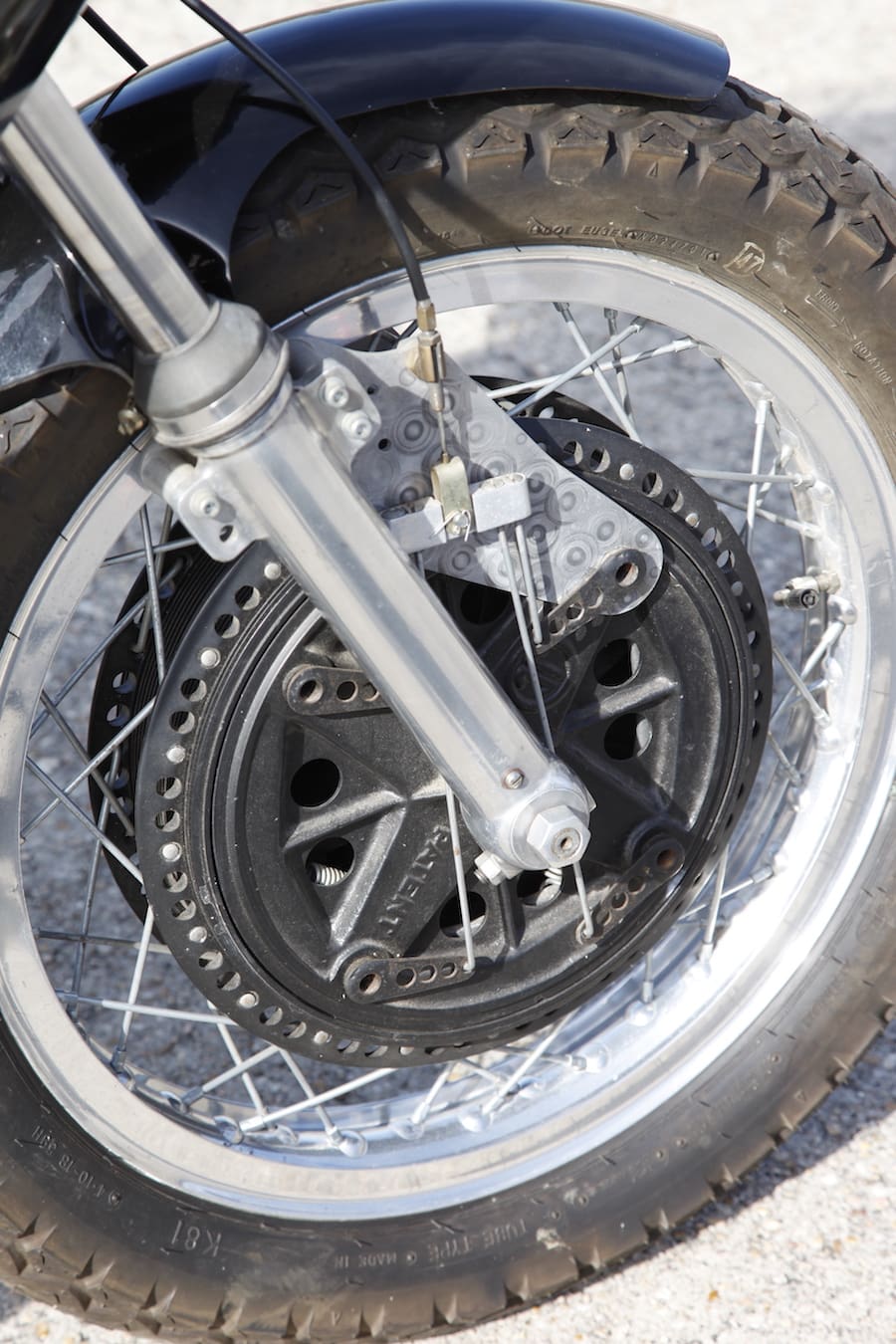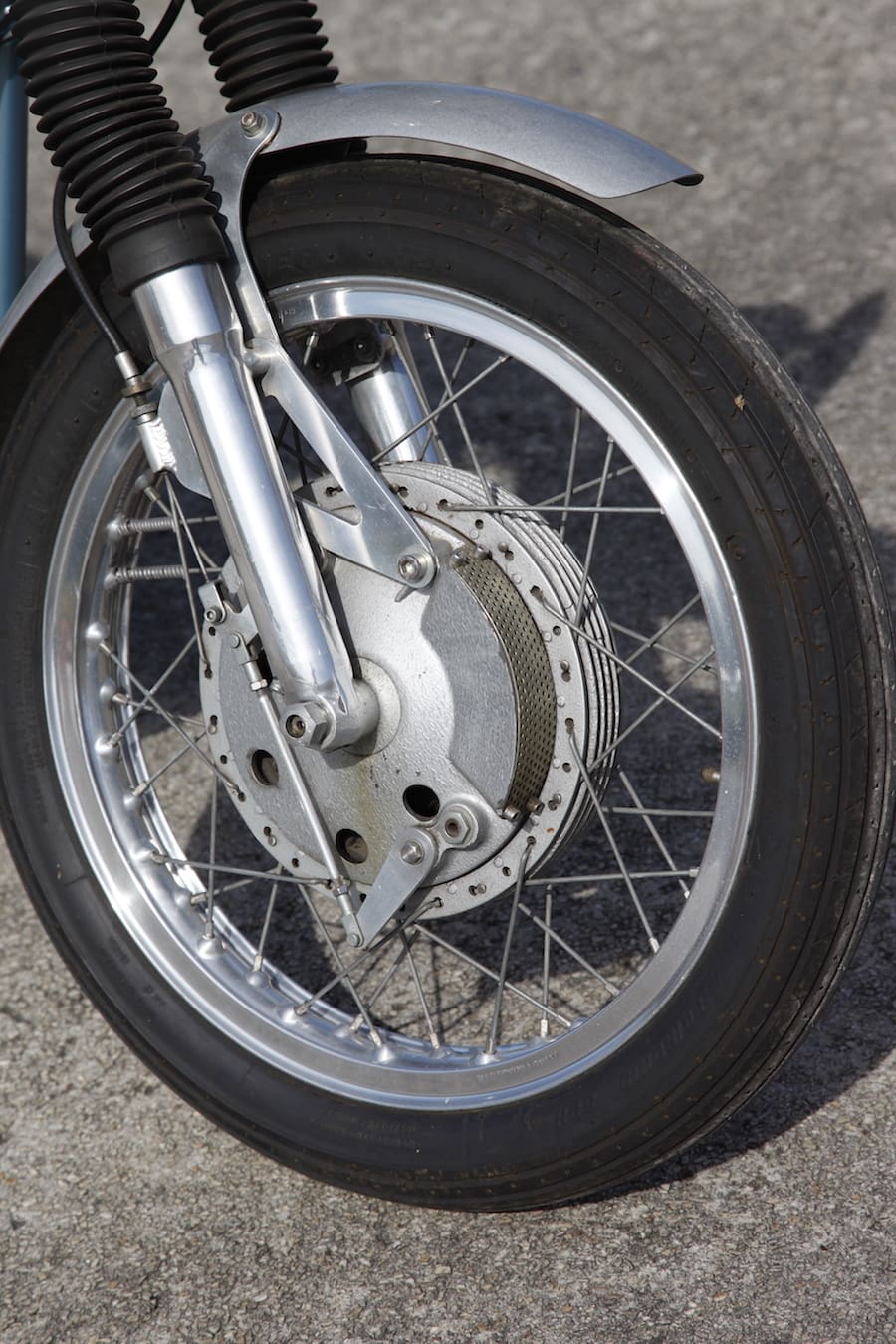Dave Degens looks back at the pair of Dresda racers parked on the Montlhéry banking and says: “I never really liked riding here – I crashed in 1970 when I was blinded by the sun when I was right at the top. I hit the rail and came off. But Montjuïc Park, that was tight and twisty. The sort of track that was designed for a scratcher like me,” he grinned.
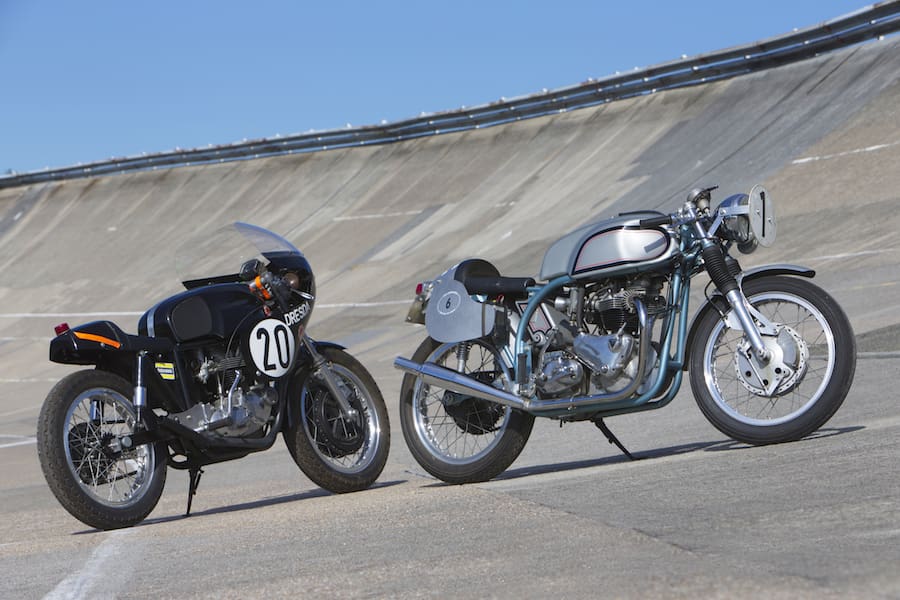
Only 3.78km long, Montjuïc Park was home to the Spanish Grand Prix. The anti-clockwise street circuit climbed the highest hill in Barcelona, and riders had to contend with a steep descent, numerous hairpins and a roundabout. It was also the home of the Barcelona 24-Hours race.
Degens had ridden an Earles-forked 600cc BMW R69S at Montjuïc Park in 1964. It was prepared by West London main agent MLG, one of whose riders dropped out of the 24-Hours just two weeks before the race. Degens received a call asking if he would partner Ginger Payne. He wondered why they wanted him, but Ginger told it straight – he recommended him because he was the toughest rider he had ever raced against.
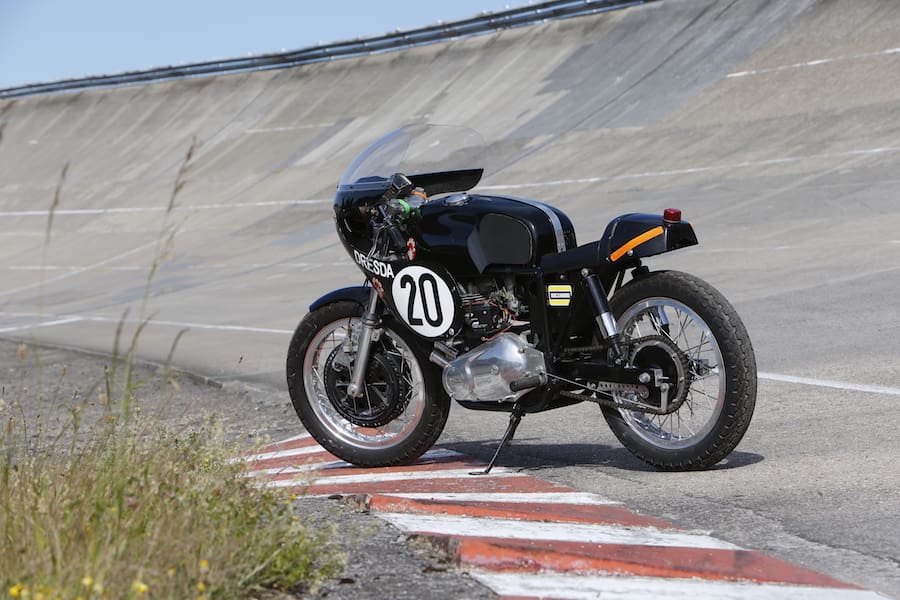
During practice, Degens was much quicker in the night sessions, so volunteered to do the maximum of three hours followed by a 30-minute rest when it got dark. Payne was supposed to make up his hours after the sun rose.
“But he wasn’t much quicker in the daytime,” Degens laughs. “I was 24 and fit – I ended up riding for about 18 hours! There were plenty of Montesa, Ossa, Bultaco and Ducati bikes there – the track was ideal for nimble lightweights – but there were a few English teams as well. Velocettes were having the usual problems with clutches and primary chains, and of course there were Triumphs and Nortons.”
But there was no fairytale ending to Degens’s Montjuïc Park debut.
“It was disastrous! It was too easy to ground the heads on the long downhill left-hander, so I had to keep the bike upright and hang out to stop it dragging on the road. It was a bit of a plodder and a bit lollopy – it certainly wasn’t a short-circuit bike. The generator packed up, and towards the end I lost third gear.”
The race was almost over when the BMW stopped with a broken rocker – again.
“The rule was that you had to push it to the pits within three minutes. If I had broken down on the right side of the hill I could have glided home but the engine stopped before I got to the top and had to push it over. It took me five minutes.”
But sometimes from adversity comes ingenuity, and it gave him an idea.
“If I used a Manx Norton Featherbed chassis to give me the handling and a Triumph engine for performance and reliability, I could build a bike that could win this race.”
Read the full story in the current issue of AMCN magazine (Vol 67 No 22) on sale now
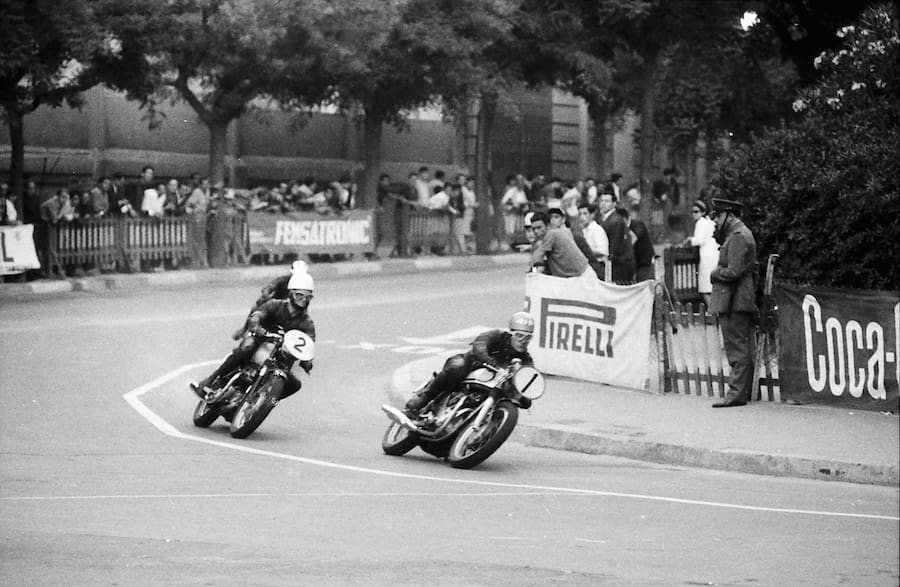
Words Phillip Tooth
Photography Xavier Roca & PT
